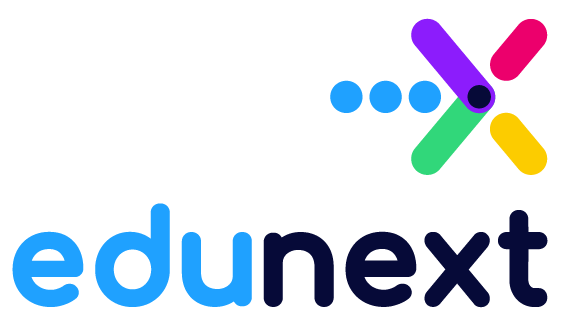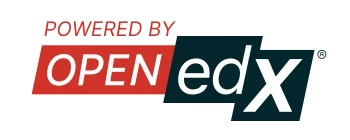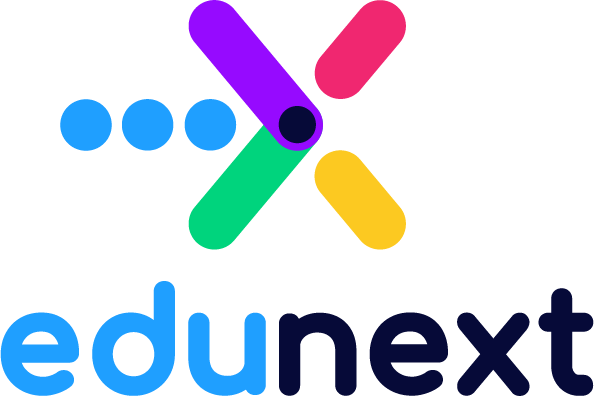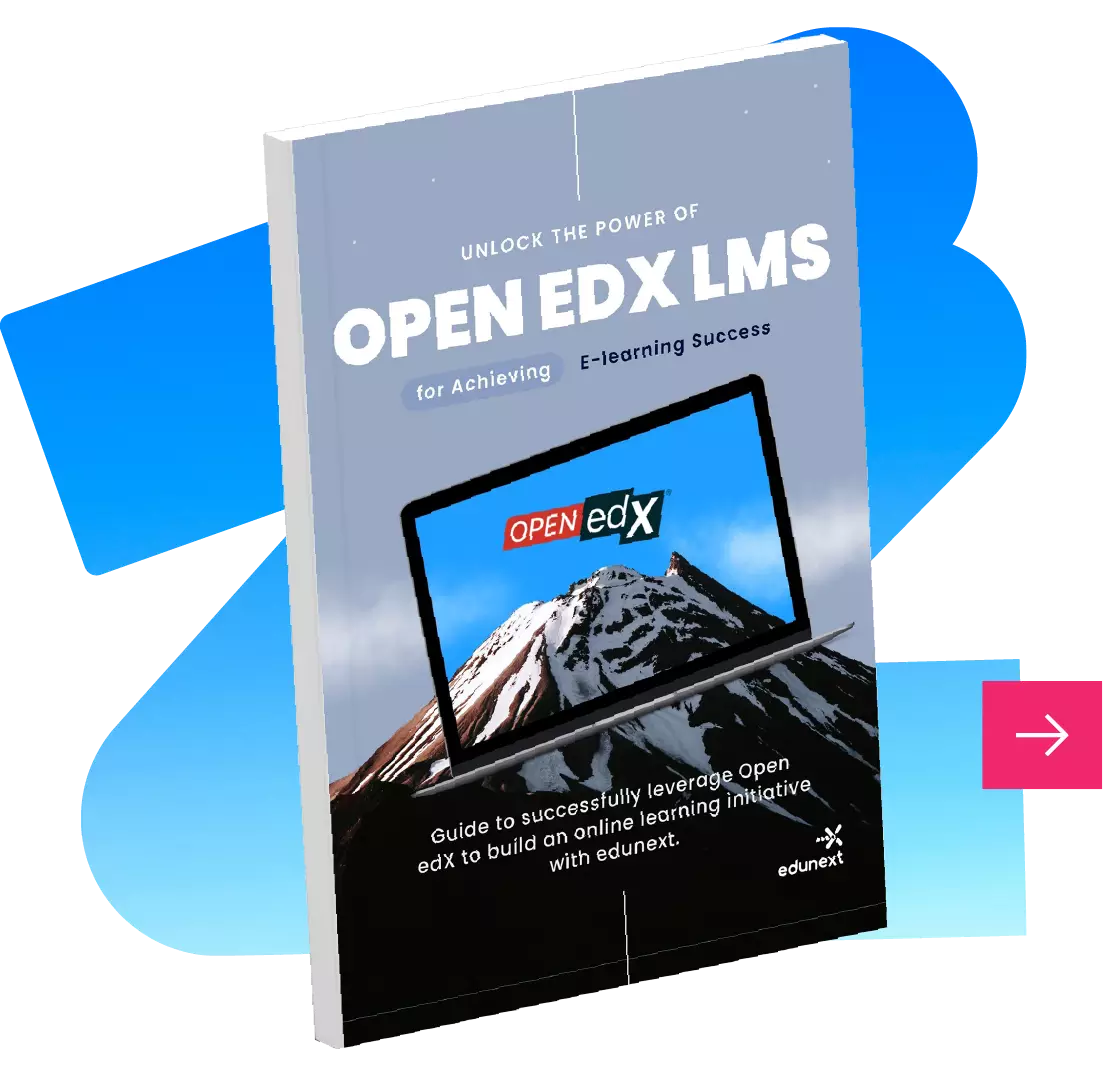Table of Contents
Have you ever considered being a part of something big and important, something that transcends and supports many people around the world? It may seem unrealistic to have such a significant impact, but it’s closer than what you think. We often believe that we need to make significant changes to help many people, but it doesn’t have to be that way. Even small changes can make a big impact. I’d like to share with you one way to do that through Open Source software.
In this post, we’ll explore:
- – What is Open Source?
- – What is the History behind open source software?
- – The benefits of using Open Source
- – The limitations of using Open Source
Let’s get started!✨

What is Open Source Software?
According to opensource.com, “Open source software is software with source code that anyone can inspect, modify, and improve.” So, why is this so powerful? Well, being able to inspect the source code allows us to understand how the software is made, giving us insight into the decisions that were made and enabling us to evaluate whether it is a tool we want to use. For developers, it helps us to see how the architecture is handled and learn about the development practices used in the product.
Being able to modify the software gives us flexibility. If there is something in the software that doesn’t meet our needs, we can change it without any problem. Open Source allows us to get the code on our machine and make the necessary adjustments before using it for our needs.
Furthermore, because the source code is open, if there are any vulnerabilities or improvements that could be useful to many people, you can contribute those changes to the source code of the software, improving the quality of a tool that could be used by thousands of people.
Open Source allows you to create, contribute, and connect.
With OSS, users can view, modify, and improve the software, allowing them to create new solutions to existing problems. Additionally, users can combine two or more pieces of OSS to create new solutions, or share their improvements with the community.
What is the history behind open source software?
Open source software was first developed in the late 1950s and early 1960s by early computer scientists and hobbyists who wanted to share their software with others. They developed the first open source operating system, called Unix, in 1969. The early open source movement was driven by a desire to share ideas and collaborate, rather than make money from software sales. As the Internet and other technologies became more prevalent in the 1990s, so did open source. Many companies started releasing their software as open source, and the movement grew in popularity. Today, open source software is used in many industries, from scientific research to web development.
Richard Stallman, a programmer at MIT, is a major proponent of open source software and open educational resources. He is the founder of the Free Software Foundation, a non-profit organization devoted to promoting the freedom to share and modify computer software. Stallman has also been actively developing several open educational resources, such as Open edX LMS, a free and open source platform for creating, delivering, and managing online courses.
Unlike closed source software, which refers to software that is not publicly accessible and cannot be viewed or modified, open source code and open source education platforms allow modifications and enhancements. If you want to know more about learning management systems (LMS) you can check out the article, What is an LMS and how it helps train employees?
Benefits of using open source software
- – Flexibility and control: by accessing the source code, you can see what is happening behind the scenes and modify it to suit your needs.
- – Cost Savings: open source software is often cheaper than developing a new program or purchasing a proprietary one, which may not offer the same level of flexibility.
- – Transparency & Flexibility: open-source software is fully transparent and customizable, allowing you to tailor the software to meet your exact needs so it reduces dependence on a single supplier: It reduces dependencies on suppliers.
- – Faster Innovation: you can be creative but don’t need to reinvent the wheel. Open source development model allows for faster innovation as developers can freely collaborate and share ideas.
- – Standardization and leverage: the community usually has developed guidelines and policies, so there is more standardization of practices through channels such as online forums and tutorials, which also can help to ensure the successful adoption and use of open source software.
- – Fosters learning: very open source software comes with documentation. This will provide you with an understanding of the software’s capabilities, how to use it, and how to troubleshoot it, so It is a learning opportunity since you can see the work of other project collaborators too.
- – Security and stability: since being a collaborative project, it is often more secure than proprietary software, as anyone can review the code and suggest improvements, and based on that, the corresponding measures can be applied.
- – Community support: it allows you to participate in a community of people interested in improving the product.

Limitations of using open source software
- – You need skilled people on your team to mount the software on servers, maintain it, and to develop it (you could also hire a vendor specialized in the area to help you, wink wink).
- – The modification is usually more difficult than doing it with a particular software that contemplates your needs and the architecture that your team has decided.
- – Collaborating directly on open source software can be a lengthy process, depending on the changes you want to propose because there is a community interested in that product.
- – Sometimes improvements are made to the software that is not so convenient for your needs. When this occurs, you need to invest time in removing those ‘improvements’ or you have to decide how to approach the project with the new version.
To conclude, Open source software is an excellent choice for businesses and developers because it is cost-effective, secure, and offers flexibility and customization. It is also constantly updated with new features and tools, ensuring that businesses have the most up-to-date technology available. Additionally, open-source software provides access to a vast network of developers actively working on the software and providing feedback, ensuring the highest quality product.
See you soon, and let’s make an impact with our grain of sand!




